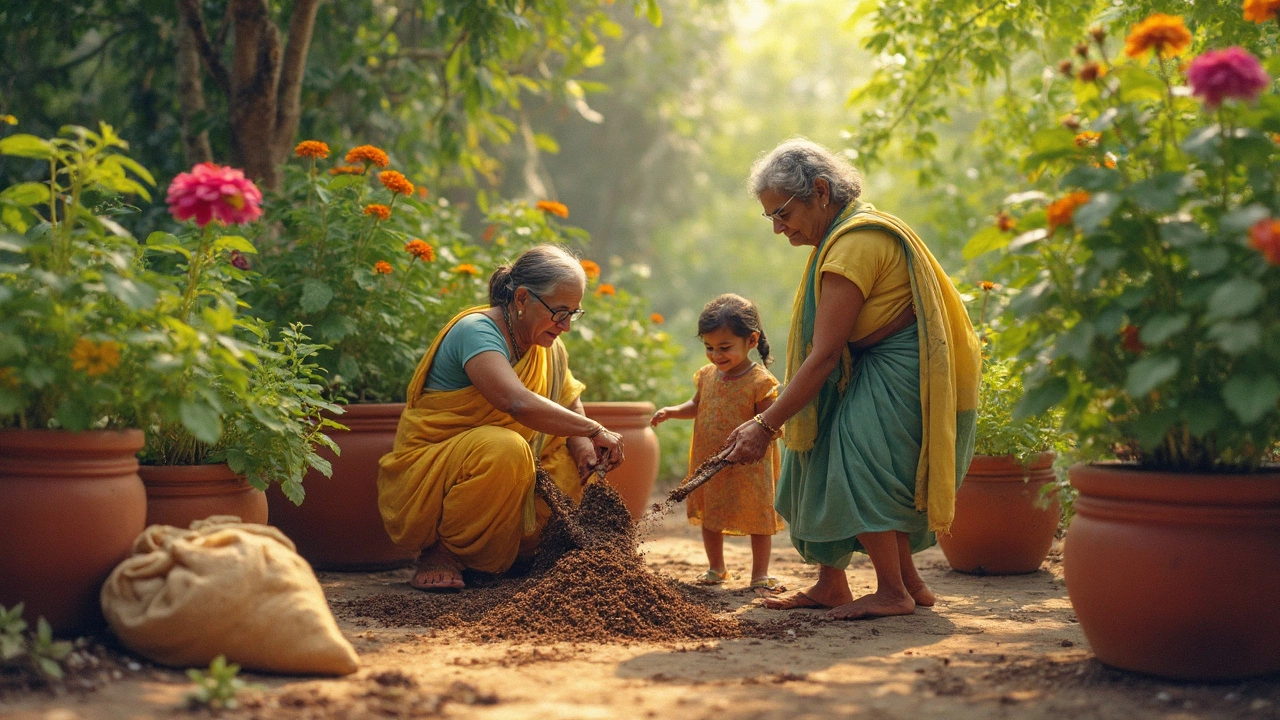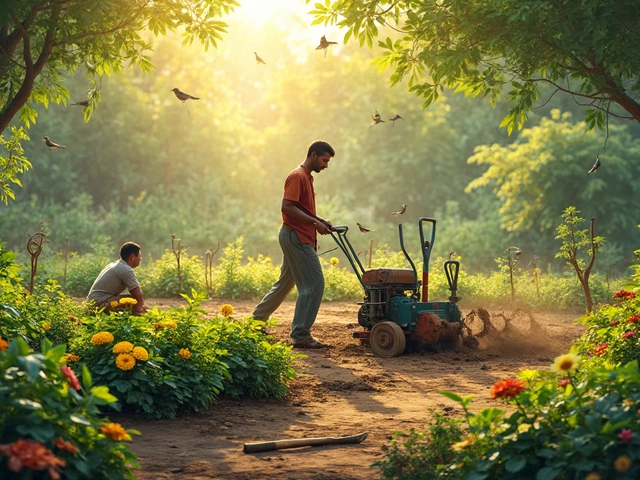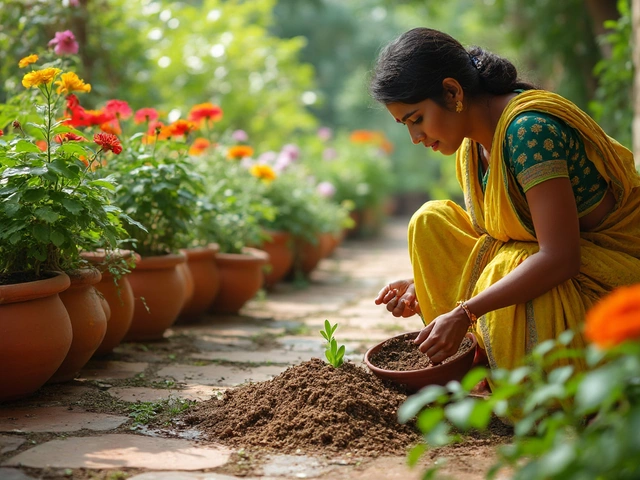Worm Castings – The Natural Powerhouse for Your Garden
Ever wonder why some gardeners swear by that dark, crumbly soil amendment? It’s called worm castings, and it’s basically pure garden gold. These tiny nuggets are the waste that earthworms leave behind, packed with nutrients, microbes, and a structure that helps soil breathe. In India’s varied climates, from humid coastal regions to dry interior zones, worm castings can level the playing field for any garden.
Why Worm Castings Matter
First off, worm castings are 100% natural. They contain nitrogen, phosphorus, potassium, calcium, and a host of micronutrients that plants love. But the real magic is in the microbes – beneficial bacteria and fungi that break down organic matter and protect roots from disease. Because they’re so fine, they dissolve quickly, giving plants an instant nutrient kick without the burn you sometimes get from synthetic fertilizers.
Another big plus is water retention. When you mix castings into sandy soil, the particles cling together, holding moisture longer. In hot Indian summers, that can mean the difference between wilted leaves and thriving growth. Plus, they improve soil structure, making heavy clay drip‑better and preventing compaction.
How to Use Worm Castings in Your Garden
Getting started is easy. For container plants, sprinkle a thin layer (about a tablespoon) over the top of the soil and lightly work it in. For beds, spread 1‑2 inches over the surface before planting or use it as a top‑dressing after crops are established. If you’re feeding fruit trees, a handful around the drip line each spring works wonders.
Want a stronger boost? Make a simple tea: dissolve a cup of castings in a gallon of water, let it sit for a few hours, then strain and water your plants. This liquid version reaches the roots fast, perfect for quick recoveries after heat stress.
Avoid over‑doing it. While castings are gentle, too much can make the soil overly rich and attract pests like fungus gnats. Stick to the recommended amounts and you’ll see healthier foliage, more blooms, and better fruit set.
If you don’t have your own worm bin, many Indian nurseries sell packaged castings. Look for a product that’s dark brown, crumbly, and free from strong odors – that means it’s fresh and alive. You can also start a small vermicompost bin at home using kitchen scraps, coconut coir, and a few red wigglers. It’s a fun weekend project and gives you a steady supply of castings.
Remember to keep the castings moist but not soggy, and store them in a breathable bag if you buy in bulk. A cool, shaded spot in your garage works fine. Use them within a few months for best results.
Bottom line: worm castings are a low‑cost, high‑return addition to any Indian garden. They feed plants, improve soil, and help you garden more sustainably. Try them out this season and watch the difference for yourself.

Worm Castings: The Secret Weapon for Better Garden Soil
Worm castings, often called nature's best fertilizer, can transform tired soil into a thriving home for your plants. They’re packed with nutrients, improve the soil structure, and even help your garden fight off pests and diseases. This article breaks down how worm castings work, why they stand out from other soil improvers, and how you can use them for bigger, healthier harvests. You'll pick up practical tips and learn some surprising advantages that worm castings have over standard compost. Get ready to see your plants grow stronger with less effort.
About
Soil Improvement
Latest Posts


How to Break Up a Large Garden: Best Tools for the Job
By Alden Thorne Feb 11, 2025

Where Does Ryobi Rank in Garden Tools?
By Alden Thorne Apr 5, 2025

Can I Install Drip Irrigation Myself? Here's Everything You Need to Know
By Alden Thorne Mar 13, 2025
